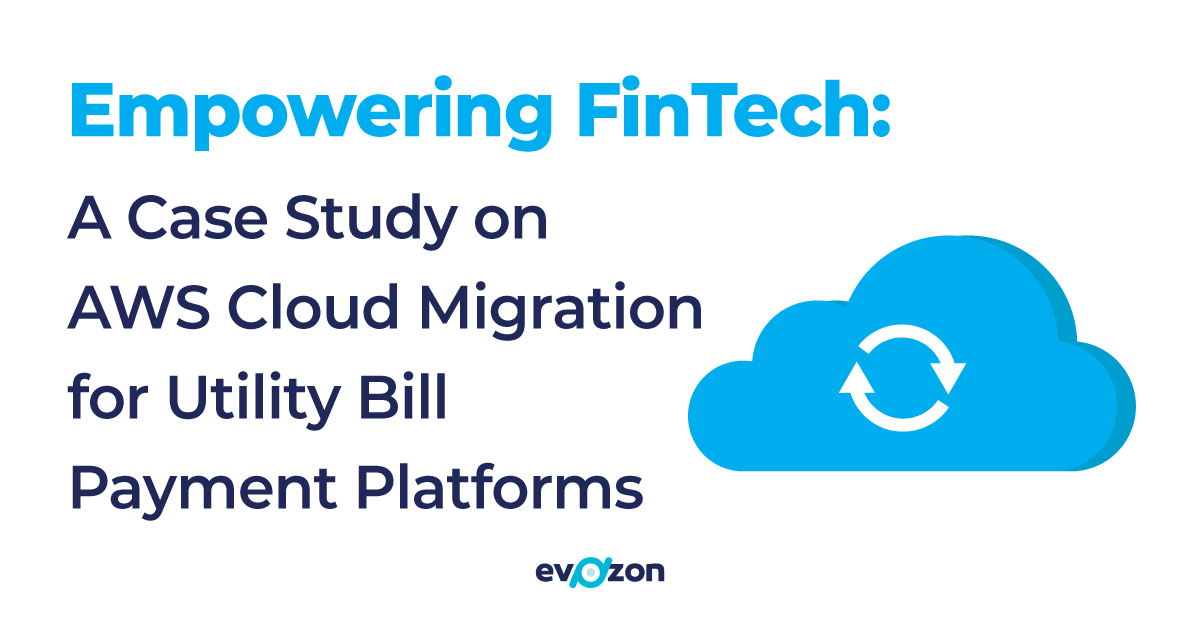The company Mobile Distribution, which has been providing financial services since 1997, introduced a clever utility bill payment service for their partner shop network in Romania, which is continually expanding. In 2020, they took a significant step forward by introducing a B2C mobile app. un-doi.ro helps end customers pay their bills faster and more easily, from the comfort of their homes.
This initiative, however, posed a challenge as the company’s cloud infrastructure. It was initially set up in 2013 and needed to accommodate its expanding business. With an increasing number of service providers, a growing user base, and thousands of daily transactions, the existing infrastructure faced the risk of data loss, performance issues, redundancy challenges, and sky-high maintenance costs.
The Challenge
The primary challenge for the company was to evolve its infrastructure to seamlessly handle continuous growth without compromising on data integrity, performance, and security. After conducting a risk assessment, we have identified a major challenge. This would be to prepare and implement a smooth migration plan that will allow services and data migration to the new environment with minimal downtime, as the utility bill payment system is mission-critical.
Additionally, we had to recreate connections to all third parties (including secure channels, VPNs, communication with IP whitelisting, and more) without affecting the users activity.
The Solution: AWS Cloud Migration
After a thorough analysis, we recommended the “lift-tinker-and-shift” (re-platforming) strategy to migrate to the AWS Cloud. The goal was to enhance the infrastructure’s availability, scalability, and security while optimizing costs.
We implemented several cloud optimizations:
- migration to Amazon RDS for database services
- SQS for message queuing
- Amazon ElastiCache for Redis for fully managed Redis services
- Amazon ECS for container orchestration.
Importantly, these optimizations were carried out without altering the core architecture of the application.
A Proof of Concept (POC) infrastructure was created using Infrastructure as Code (IaaC) to facilitate easy replication in other environments. The migration process underwent rigorous testing in the AWS cloud, ensuring minimal risk and downtime. Stage and production environments were then established, and meticulous coordination with third-party service providers was maintained to ensure a smooth transition.
Together with the customer, we found the best time frame for the migration.
Key Achievements Post AWS Cloud Migration:
The successful migration to the AWS Cloud brought about several key outcomes:
- Smooth Migration Process: The transition from the old cloud to AWS was seamless, with no technical or business-critical issues encountered and with a short downtime acceptable for the business.
- Enhanced Maintenance Services: AWS’s monitoring, logging, and backup services played a crucial role in ensuring efficient maintenance.
- Reliable and Auto-Scalable Infrastructure: The new infrastructure is not only reliable but also auto-scalable, eliminating concerns about data loss or downtime. Remarkably, the client experienced zero downtime in the past three years.
- Cost Optimization: By leveraging cost optimization plans, the company minimized infrastructure costs.
- Supporting Business Growth: The new infrastructure facilitated significant business growth. The number of transactions each day increased significantly from about 10,000 to over 140,000.
- Improved Transaction Time: During peak hours, the system successfully processed over 21,000 transactions with a rate of 5.8 transactions per second. This demonstrates a substantial decrease in transaction time.
Final Thoughts
In conclusion, Mobile Distribution made a strategic decision to migrate to the AWS Cloud. Their emphasis on re-platforming has successfully addressed existing challenges. Furthermore, this move positions them for sustained success in the ever-evolving and growing landscape of financial services.




